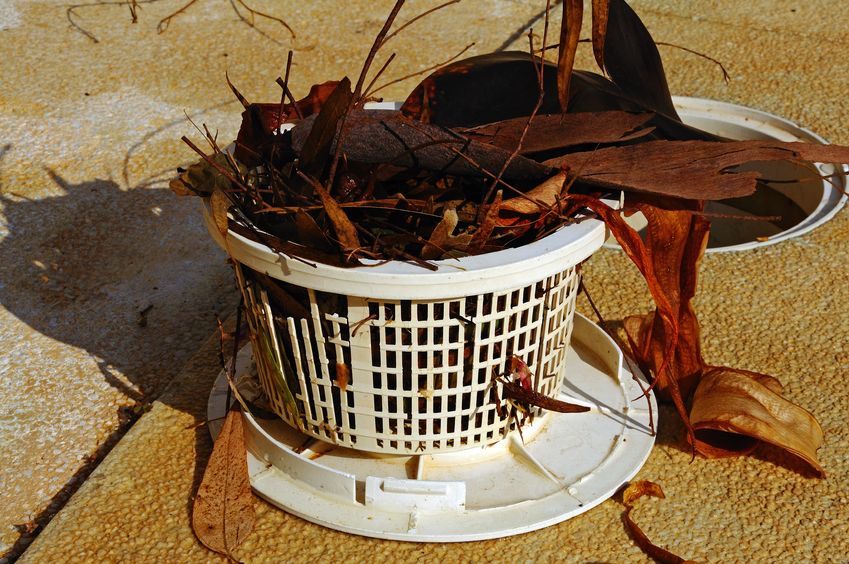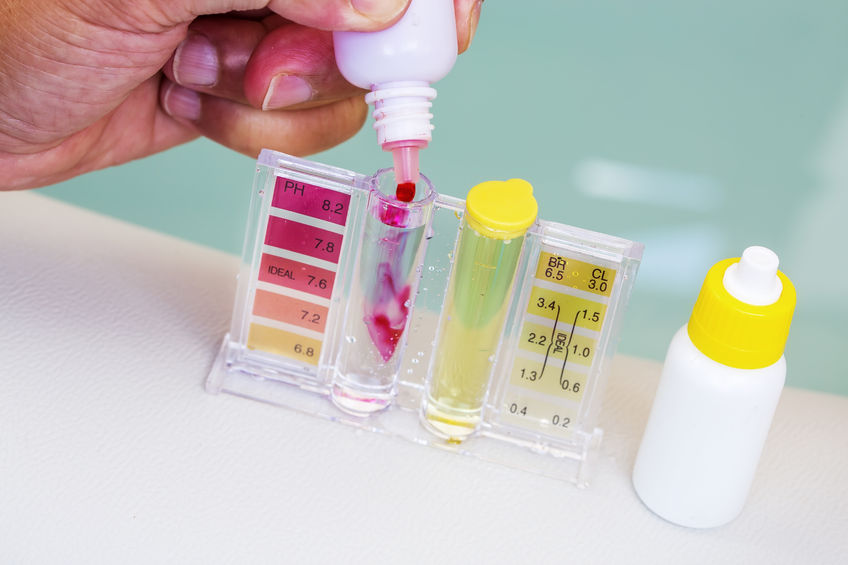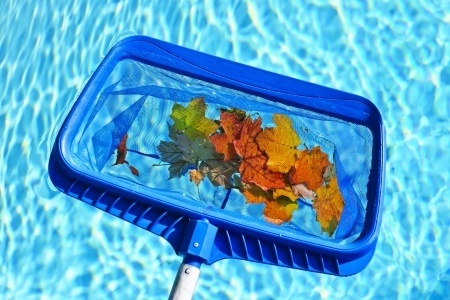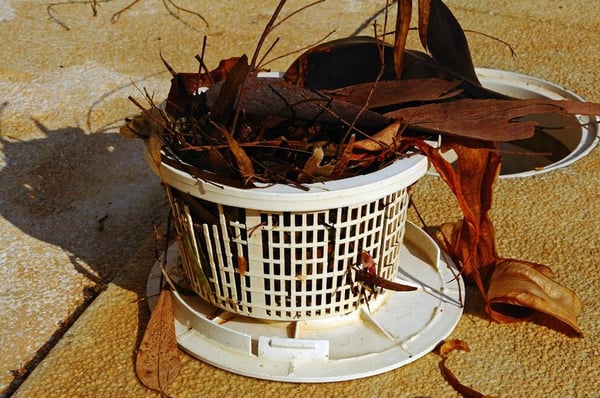By Chelsea Keim // Place Coorparoo
There’s nothing better than jumping into a swimming pool to escape the heat on a hot summers day in Brisbane.
But purchasing a home with a pool for the first time can be daunting because with a pool comes hard work and maintenance.
“Australia is lucky enough to have the highest per-capita rate of pool ownership in the world, with 1.2 million pools across the country,” says Matt Boogaard from Pool Spot Camp Hill.
So how do you go about maintaining the cleanliness of a pool?
As a local pool expert, Matt has prepared five general maintenance tips to help the Brissy pool owners.
1. Ensure there’s sufficient water circulation
Every pool has a pump and filter. In most pools, the pump pulls water from the skimmer box on the side of the pool, pushing it through the filter and returning the water to the pool.
The filtration system should ideally run for at least four hours a day in winter and eight hours a day in summer. This will keep the pool water clear.
Additionally, the leaf basket inside the skimmer box will require regular emptying to prevent debris from blocking the water flow to the pump.
Automatic pool cleaners often connect to the skimmer box and therefore also should be checked for blockages.
If there’s insufficient water circulation, the pool water can turn cloudy or green. If the pump is running without sufficient water flow it can be damaged.

2. Sanitation & water chemistry
Most people know that swimming pools are treated with chlorine and are familiar with the corresponding smell.
The smell associated with chlorine can be a result of high chlorine or low chlorine.
Insufficient chlorine can result in the pool becoming a haven for bacteria and algae.
High chlorine can irritate the eyes of swimmers and can damage the pool equipment.
It’s also important to correctly ‘balance’ the pool water. This refers to having the pH, total alkalinity and calcium hardness in the correct ranges to prevent swimmer discomfort, damage to pool equipment and the pool surface.
You can buy home test kits that vary in complexity, although most pool shops offer water testing services.

3. Cleaning
Scooping up the leaves from the surface will make the pool more visually appealing.
Brushing the walls and waterline, and vacuuming the pool will give it a full thorough clean and help prevent problems with algae and staining.

4. Water level
Without enough water in the pool, the pool circulation system can run dry, causing damage to the equipment. This can often be overlooked by some pool owners.
If you are holidaying for more than a week, ask a neighbour to check the water level for you while you’re away.
Top up the pool with a hose - ideally the water level should be ¾ the way up the skimmer mouth.
The regularity of this will vary depending on the weather.
If you’re finding you frequently need to top-up the pool, it may be a sign of a leakage.
5. Safety
While the pool should be a place of fun and enjoyment, there are also risks associated.
Always supervise young children using the pool.
Ensure the pool gate can’t be opened by a small child by checking the latch and hinges, and never leave or prop the gate open.
It’s important to make sure there are no toys or climbable objects near the pool fence to avoid the temptation for a child to climb over.
Pool chemicals can also pose a danger to children as well as adults. Always keep pool chemicals out of the reach.
When adding pool chemicals, always wear eye protection and follow the instructions on the container. Never mix pool chemicals with other chemicals.
